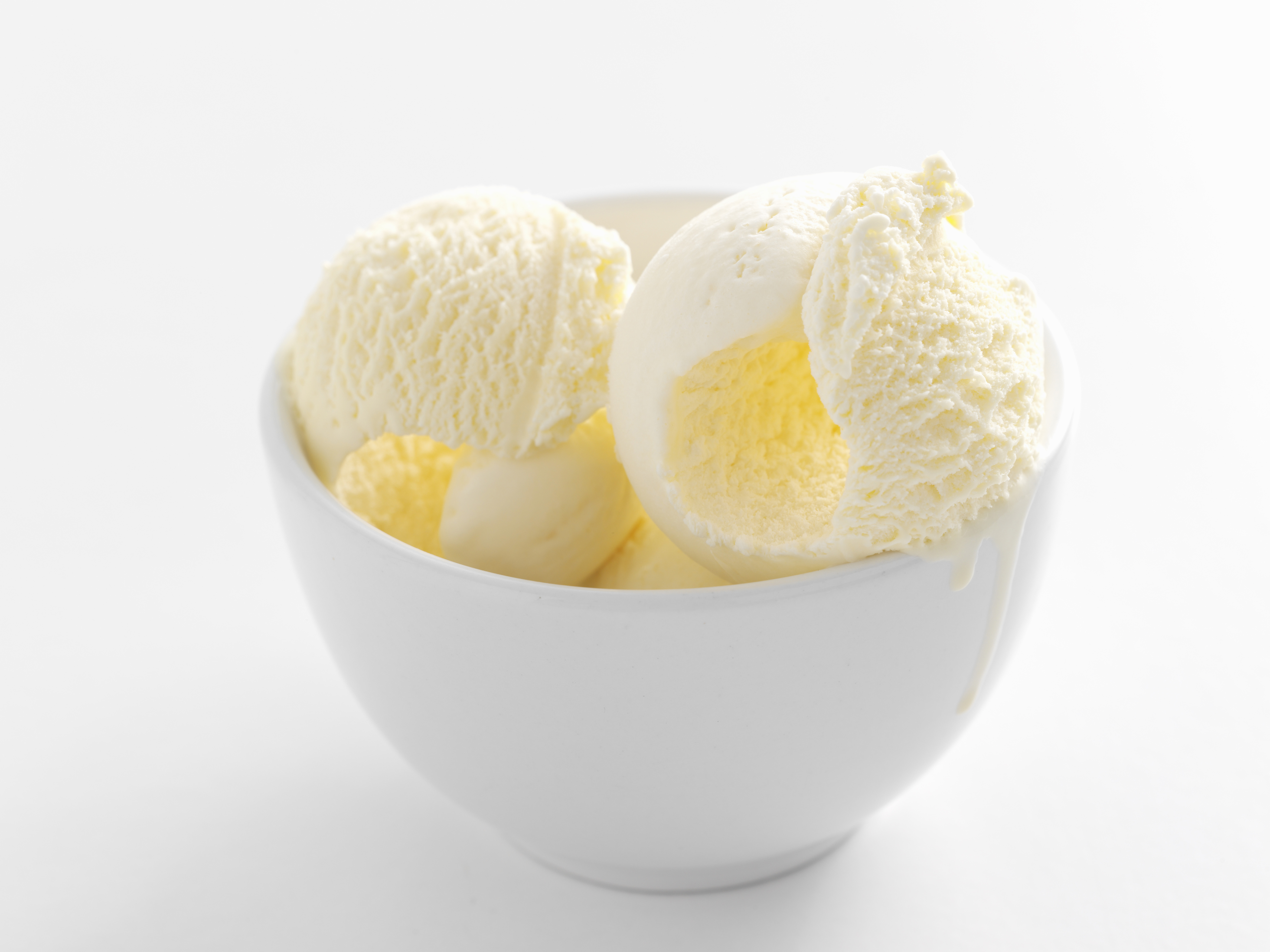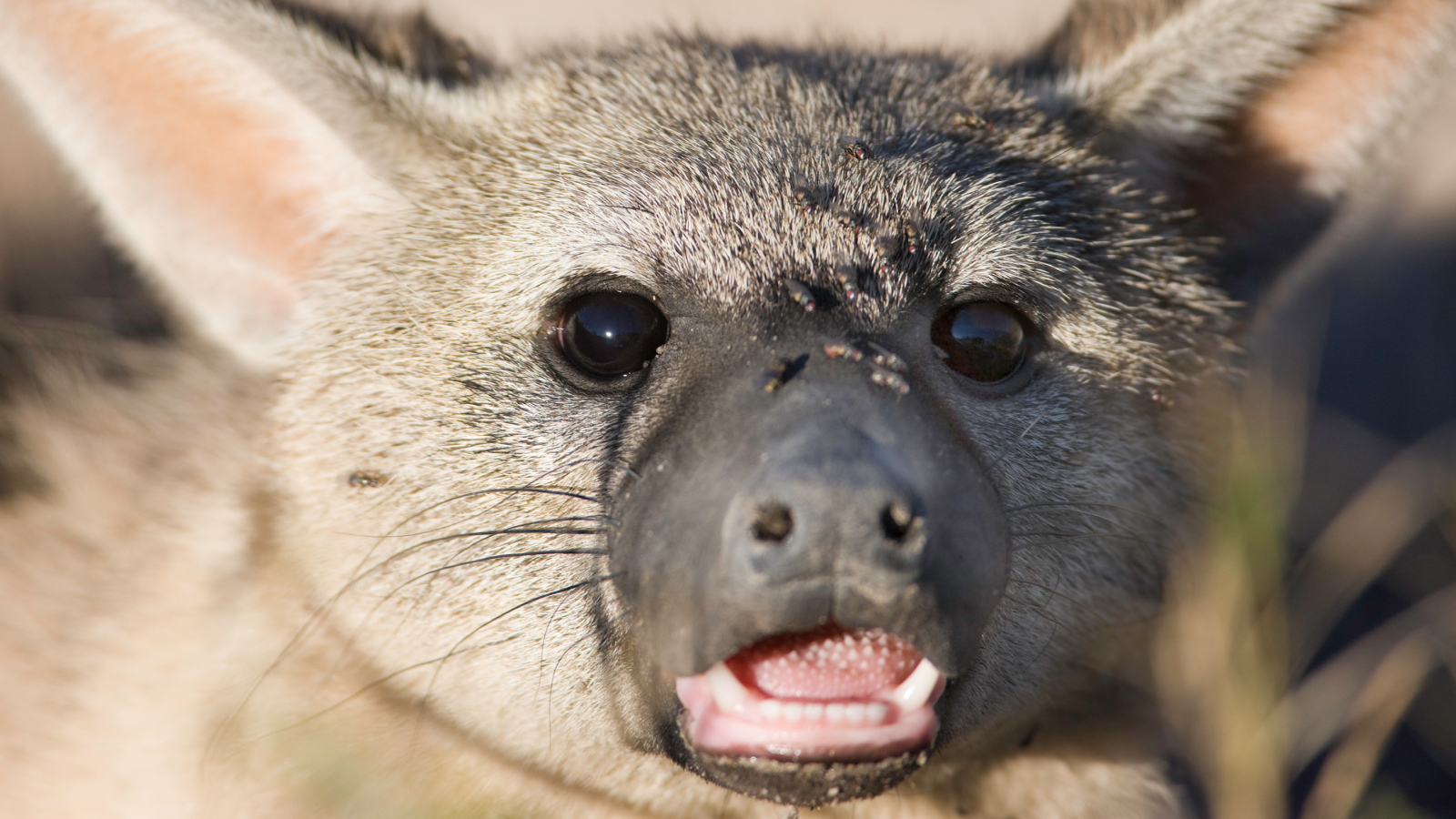Sustainability, Vol. 15, Pages 10595: Biogeochemical Characteristics of Sedimentary Organic Matter in Coastal Waters of a Mariculture Area: The Big Impact of Bay Scallop Farming
Sustainability doi: 10.3390/su151310595
Authors: Bo Yang Xuelu Gao Jin Liu Lei Xie Jianmin Zhao Qianguo Xing Sandra Donnici Luigi Tosi Cheng Tang
Four short sediment cores were collected to explore the impacts of bay scallop farming on the composition and accumulation of sedimentary organic matter (SOM). The results revealed that SOM was mainly composed of relatively easily biodegradable substances as evidenced by the high contribution rate of biopolymeric carbon (77.8–94.4%). The sediment accumulation rate in the scallop farming area (SFA) was 28.6% higher than that in the non-scallop farming area (NSFA). The total organic carbon (TOC) and total nitrogen (TN) burial fluxes in the SFA were 33.1 and 36.6% higher than those in the NSFA, respectively. A rough estimate showed that the burial fluxes of TOC, TN, scallop-derived OC, and marine algal-derived OC in the ~150 km2 SFA could increase by 1.08, 0.11, 0.39, and 0.68 g m−2 yr−1, respectively, with annual scallop production increasing 104 t. This study highlights the significant effects of scallop farming on the biogeochemistry of SOM in coastal waters, which provides a direct reference for future research on the carbon cycle in shellfish culture areas.

 10 months ago
24
10 months ago
24


